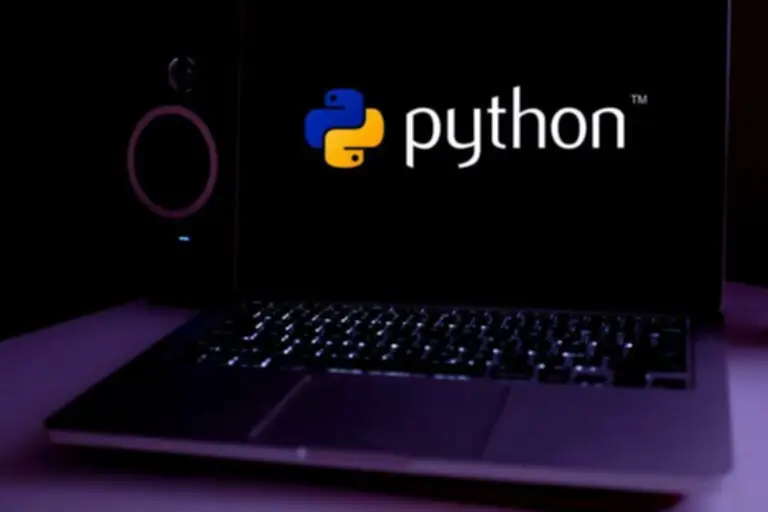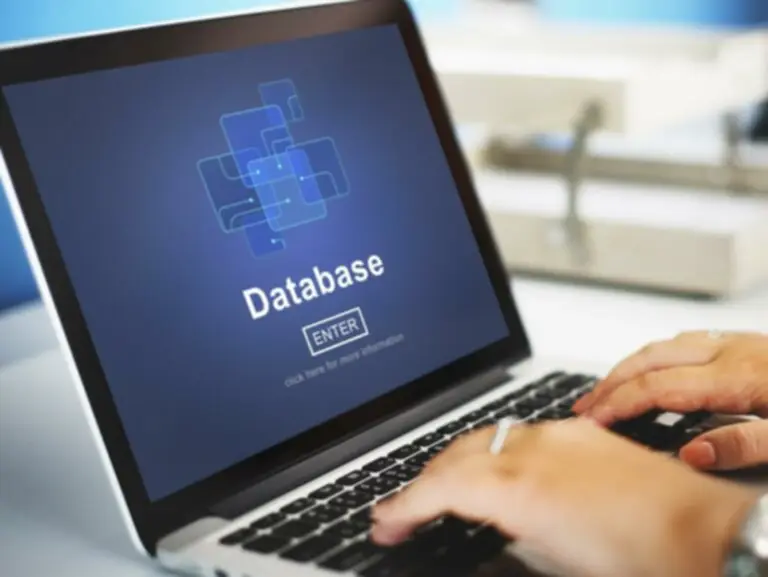It lets you start an occasion of the Grafana application for plugin developers towards which you can code. Dashboards are a set of panels organized in a grid with a set of variables (for example, server name). By altering the variables, you possibly can change the info that’s displayed on the dashboard, like show knowledge from two separate servers.
App Plugins

In this information, you may learn how to get started by scaffolding a plugin, operating it in an environment friendly development environment, and utilizing its fundamental options. In the code, all classes fall underneath “Panel Choices,” but in the Grafana UI, only one class is labeled as such. Panel options are customizable parameters you define, allowing users to tailor the visualization panel. For higher organization, these options may be grouped into categories. For an instance of a well being check in a frontend knowledge source, see our datasource-http plugin. For example, Grafana calls this technique each time the person clicks the Save & Check button, after changing the connection settings.
- Now that you’ve defined the query model you want to assist, the following step is to bind the mannequin to a type.
- In practice, you’d as a substitute use the timestamps returned by your database.
- In this example, we’re generating timestamps from the present time range.
- The choices object incorporates the queries, or targets, that the consumer made, along with context data, like the current time interval.
It additionally supplies fallbacks which are no longer current in Webpack v5. In this example, the secrets and techniques.GRAFANA_ACCESS_POLICY_TOKEN variable is used to entry the saved token securely within your GitHub Actions workflow. Make certain to adjust the workflow according to your specific needs and the language/environment you’re working with. We have compiled a list of practices for building and publishing high-quality plugins for Grafana that we have discovered useful.
The objective of this collection of articles is to summarize the knowledge and allow you to forestall the errors that we made. The subject might be thought of from the angle of a front-end engineer. Sure, however I even have already appeared on the resources and was not sure about them! I actually have already implemented virtually every little thing as per the information, however the communication continues to be not occurring b/w frontend and backend. If you need to let customers know that your app requires an existing plugin, you’ll find a way to add it as a dependency in plugin.json.
I rewrote the plugin for the brand new React-based platform and published it as theHourly heatmap panel, together with anannouncement post. I’ll make certain to share this with the team engaged on grafana-toolkit. Do you mind sharing what components of the current plugin tutorial you’re feeling are too difficult right now? You can limit which users have access to pages in the navigation menu through the use of the position property. You can now edit the React router in src/components/App/App.tsx and point a custom element to it. For extra information about these information, refer to Anatomy of a plugin.
Grafana is an open-source platform for monitoring and observability maintained byGrafana Labs. A major contributor of Grafana’s success is the flexibility to combine it into any tech stack. This is possible via a plugin platform the place anyone can develop their own LSTM Models integrations. Extra bonus is to include OAuth authentication configuration within the plugin.json but that’s most likely out of scope, and the existing document is superb.

Search Code, Repositories, Users, Points, Pull Requests

This tutorial teaches you to construct a model new data source plugin to question knowledge. In addition to speaking at meetups, I also set up workplace hours the place particular person plugin builders might schedule 30 minutes with me to speak about something related to plugin improvement. Many plugin builders have been creating in-house plugins and couldn’t share particulars in a public setting. This allowed me to assist them whereas gathering more insights about how our users developed plugins. The Grafana create-plugin software is a CLI application that simplifies Grafana plugin improvement, so as to give consideration to code. The tool scaffolds a starter plugin, all the required configuration, and a growth environment using Docker Compose for you.
All dashboards could be customized, you’ll have the ability to set the composition of the panels and their structure. There are many dashboards developed by the Grafana or community for various varieties and sources of data. We use it in PMM to arrange our plugins and plugins developed by the neighborhood. You can add a configuration page to your app plugin the place users can configure any settings your plugin wants.
The create-plugin software lets you configure your GitHub actions workflows to assist automate your improvement process. The Business Textual Content visualization panel showcases all three choice sorts. Signed by Grafana, this plugin is available for one-click installation from the Grafana catalog. As Quickly As put in, choose it from the visualization dropdown to explore its panel choices firsthand. The majority of data sources in Grafana will return knowledge from an exterior API. This tutorial tries to maintain issues simple and doesn’t require an extra service.
Get Started
This makes it simple to manage dependencies and be positive that the plugin runs the same means across completely different machines. This allows customers to configure the panel using JSON and even embed JavaScript immediately within a parameter class. Learn how to create a Grafana plugin from scratch by following our end-to-end tutorials for each grafana machine learning plugin kind of Grafana plugin.
We strongly suggest this when making authenticated requests to an external API. For more data on authenticating exterior requests, check with Add authentication for information source plugins. It accepts a query from the consumer, retrieves the information from an external database, and returns the information in a format that Grafana acknowledges. The plugin tutorials that @jangaraj linked to, corresponding to Construct a data supply plugin and Construct a panel plugin, are meant for beginners. The docker setting additionally allows you to connect a debugger to the plugin backend code, making the development process easier. With the create-plugin tool, the Docker container is configured with the required variables to allow easy access to Grafana and to load plugins without the need for them to be signed.
In this instance, we’re producing timestamps from the present time vary. This signifies that you will get the identical graph no matter what time range you’re utilizing. In follow, you’d as a substitute https://www.globalcloudteam.com/ use the timestamps returned by your database.